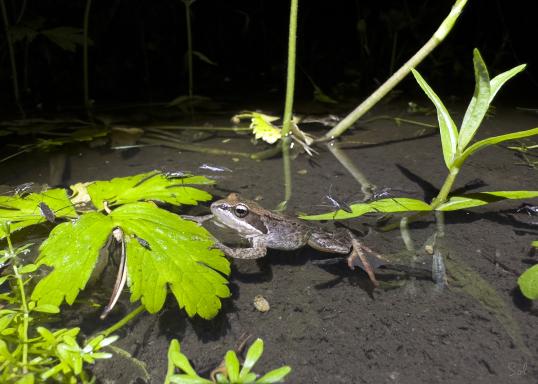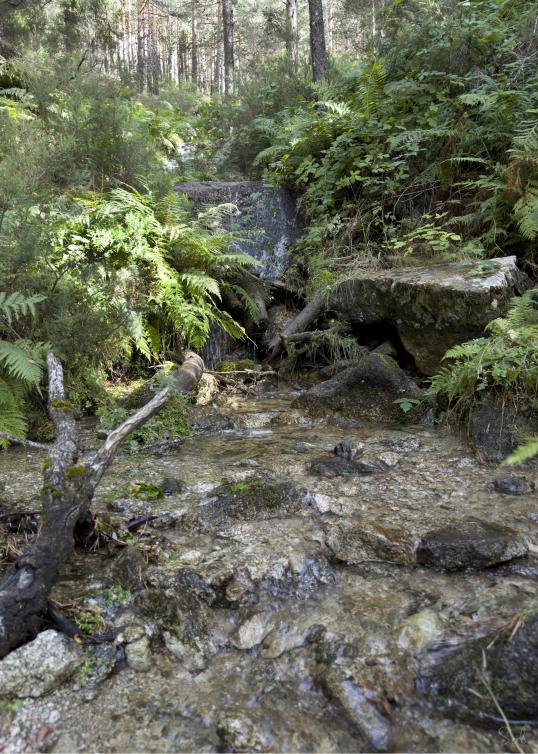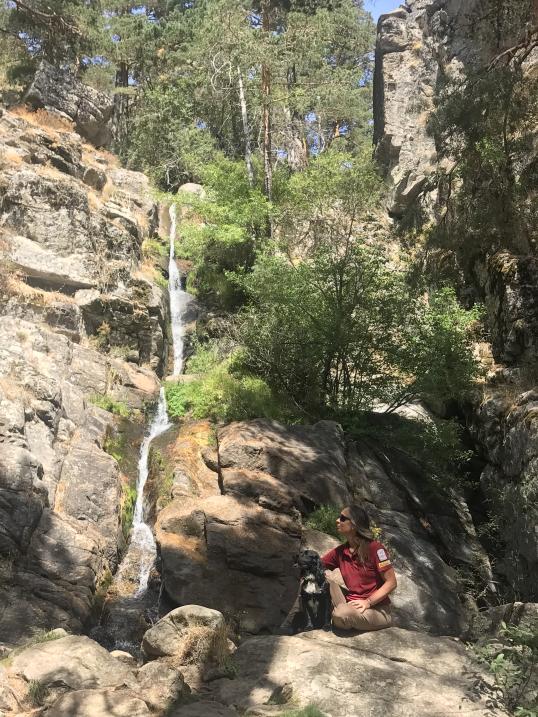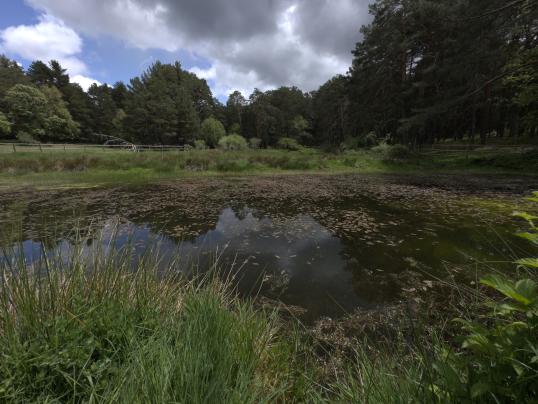
About the finalist
| Lead applicants | Centro Montes de Valsaín y Cabeza de Hierro (Organismo Autónomo Parques Nacionales, Ministerio para la Transición Ecológica y el Reto Demográfico) |
| Category | Conservation on land |
| Countries involved | Spain |
| Main Natura 2000 sites | Sierra de Guadarrama (Spain) |
| Website | https://www.miteco.gob.es/es/parques-nacionales-oapn.html |
Overview
The widespread decline of amphibians is an important warning sign in the environmental crisis we are facing. Amphibians are the most threatened group of vertebrates on the planet, due to habitat degradation and fragmentation, emerging diseases, pollution, invasive alien species and climate change. Moreover, these threats often act in synergy, further aggravating the situation.
Located in the Sierra de Guadarrama National Park and the ‘Sierra de Guadarrama’ Natura 2000 site, the Montes de Valsaín area is home to a community of 11 amphibian species protected by the Habitat Directive, including the Iberian painted frog (Discoglossus galganoi), the Iberian frog (Rana iberica) and the common midwife toad (Alytes obstetricans). They all require very specific wetland habitats for their successful reproduction, including habitats listed in the Habitats Directive, such as Mediterranean temporary ponds and natural dystrophic ponds, and clean running water.
The Spanish Autonomous Authority for National Parks (OAPN) has been working for years on the implementation of a strategy to improve the conservation status of these amphibian species in Montes de Valsaín, based on four main pillars:
- Increase of knowledge.
- Ex-situ conservation through specifically developed protocols in an ad-hoc recovery laboratory. This involves: the rescue of larvae that would most likely not survive in the wild; the subsequent reintroduction of the juveniles into the wild; and a captive breeding programme.
- A network of 40 interconnected protected wetland habitats, achieved by restoring the habitats and creating new ponds, which is now increasingly used and naturally colonised by the recovering populations.
- The long-term monitoring needed to assess the effectiveness of the conservation activities and the evolution of populations, as well as to early detect emerging diseases or invasive alien species.
This approach is entirely natural and does not involve any translocation of adults or larvae. Individuals are reintroduced to the sites where they were originally captured, allowing them to naturally colonise other ponds or wetlands of the network. Furthermore, the restoration of the habitats has been carried out using only natural materials.
In addition to the new breeding protocols developed, the initiative also involves another innovative conservation tool: the canine detection of amphibians. Amphibians are often difficult to detect in the field, and this method allows the identification of the specimens released from the recovery centre.
These interventions are visibly and rapidly improving the conservation status of the amphibians in this part of the ‘Sierra de Guadarrama’ Natura 2000 site. The OAPN has started replicating this approach in other Natura 2000 sites under its management.
Pictures from the finalist
Videos from the finalist:
https://www.youtube.com/watch?v=ulVZLddIDpg
Details
- Publication date
- 14 March 2024
- Author
- Directorate-General for Environment






